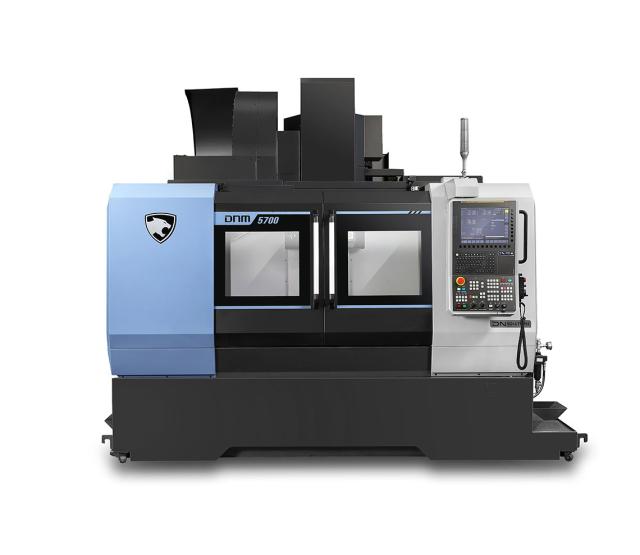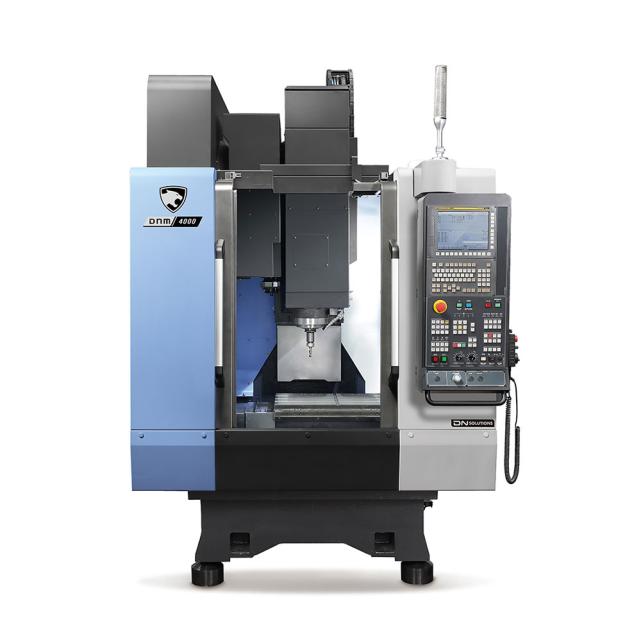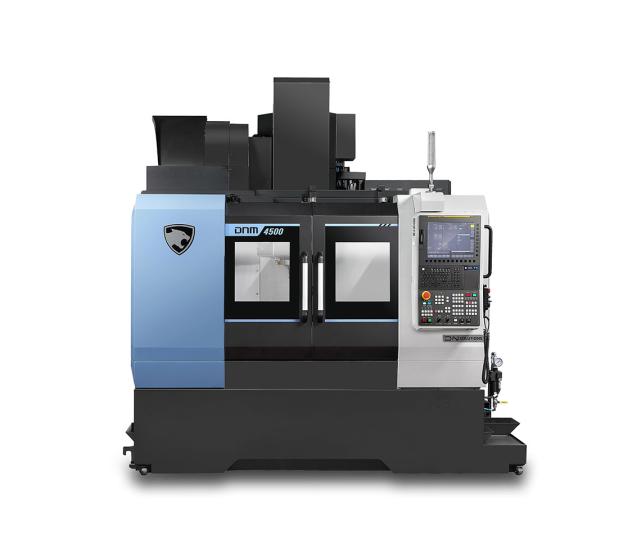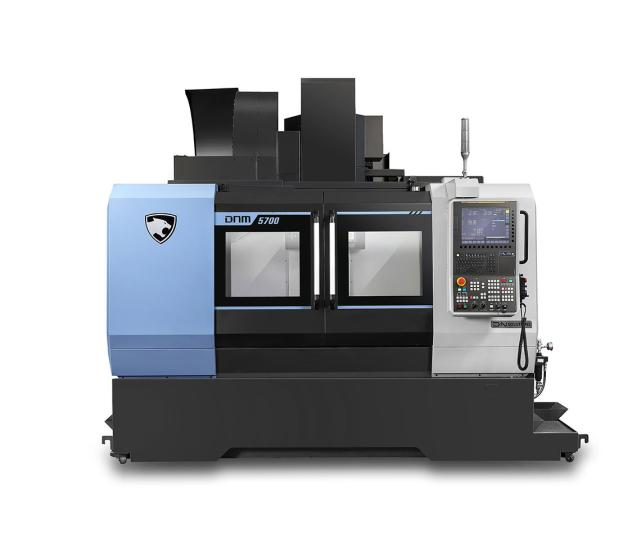FAQ Section
What makes the DNM 5700S different from the standard DNM 5700?
The DNM 5700S comes standard with a 15,000 RPM high-speed spindle, compared to the 8K or optional 15K spindle on the base model. This makes the 5700S ideal for high-speed cutting, surface finishing, and mold/die applications where reduced cycle time and high RPMs are critical. All other platform specs—rigid casting, roller guides, tool changer, and automation features—remain the same, ensuring you don’t trade durability for speed.
Is the DNM 5700S suitable for aluminum and composite machining?
Yes. Its high spindle speed and thermal stability make it particularly effective for materials like aluminum, carbon fiber, plastics, and other light alloys. The machine’s through-spindle coolant, high RPMs, and vibration-dampened construction help achieve excellent surface finishes without sacrificing feedrate or tool life.
How does the Smart Thermal Monitoring system work?
Rather than relying on physical temperature sensors, the DNM 5700S uses algorithmic models based on spindle speed and usage time to predict thermal expansion. It automatically compensates for drift by adjusting axis positioning, maintaining micron-level precision even during long or heat-intensive machining cycles.
Can the tool changer be expanded for high-mix production?
Yes. The standard 30-tool ATC can be upgraded to 40 or 60 tools, allowing the machine to support more part variations, reduce tool setup time, and keep spindle utilization high in job shops or automated cells. Each magazine supports tools up to 300 mm in length and 8 kg in weight.
What industries benefit most from the 5700S?
The DNM 5700S is tailored for aerospace, die/mold, medical device, energy, and automotive industries—anywhere precision and surface finish are just as important as cycle time. It’s especially effective for high-speed finishing operations or intricate part geometry where RPM and axis responsiveness matter.




